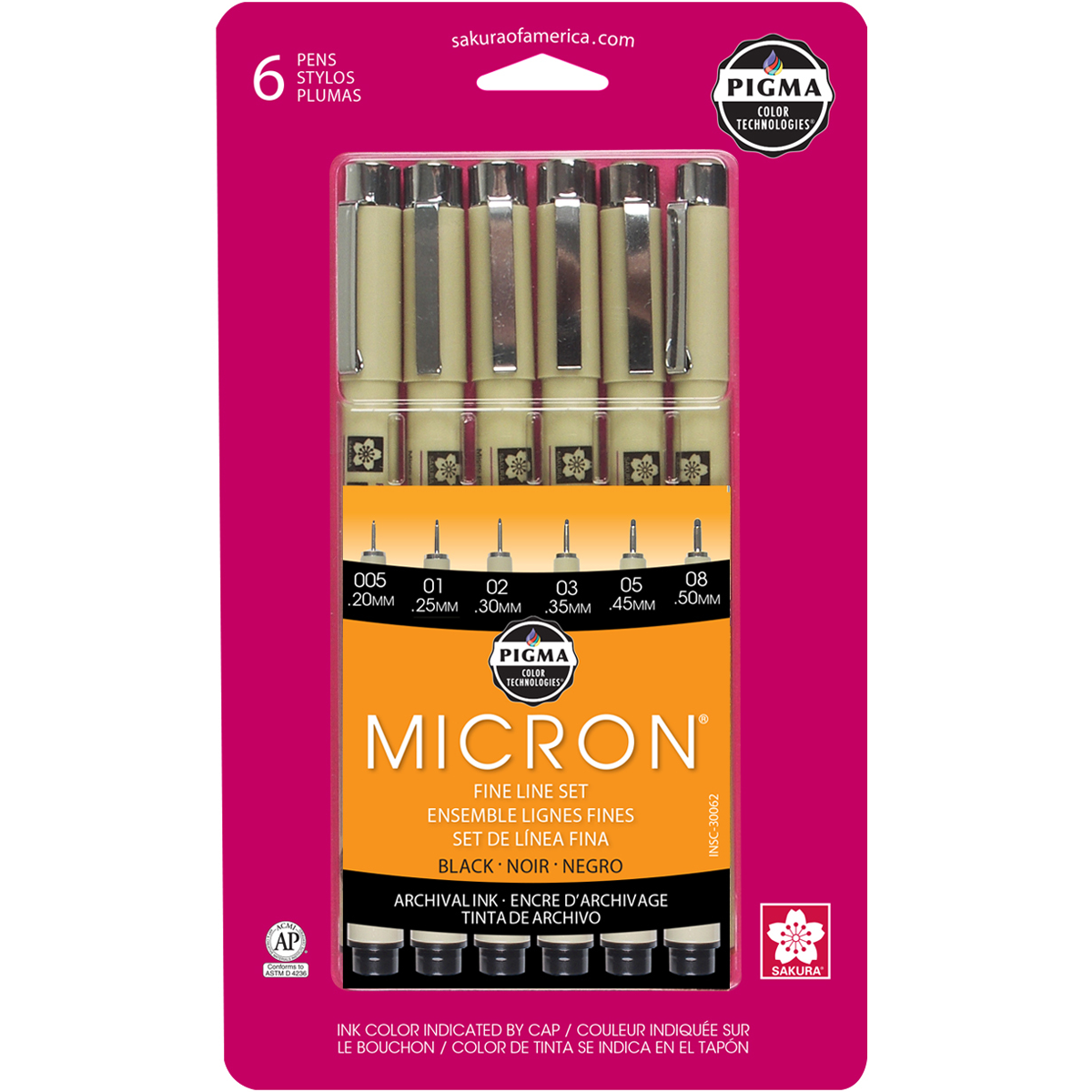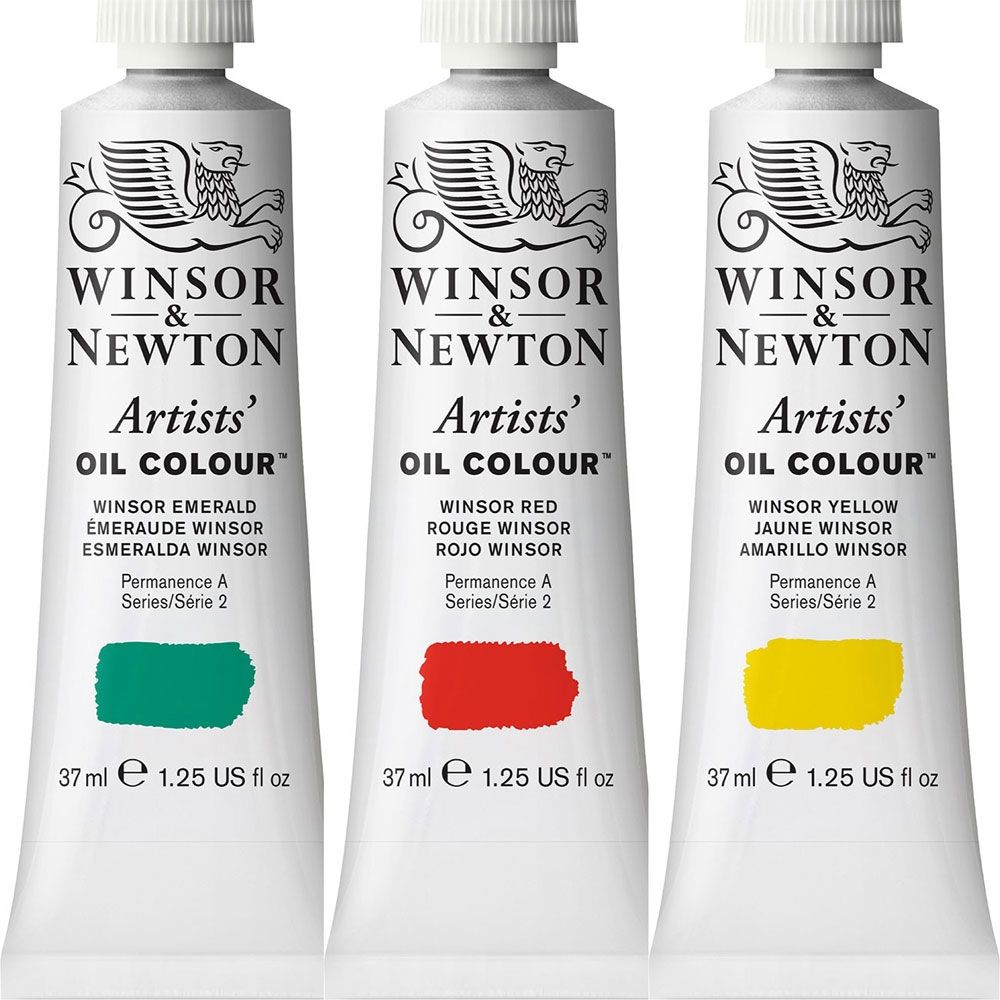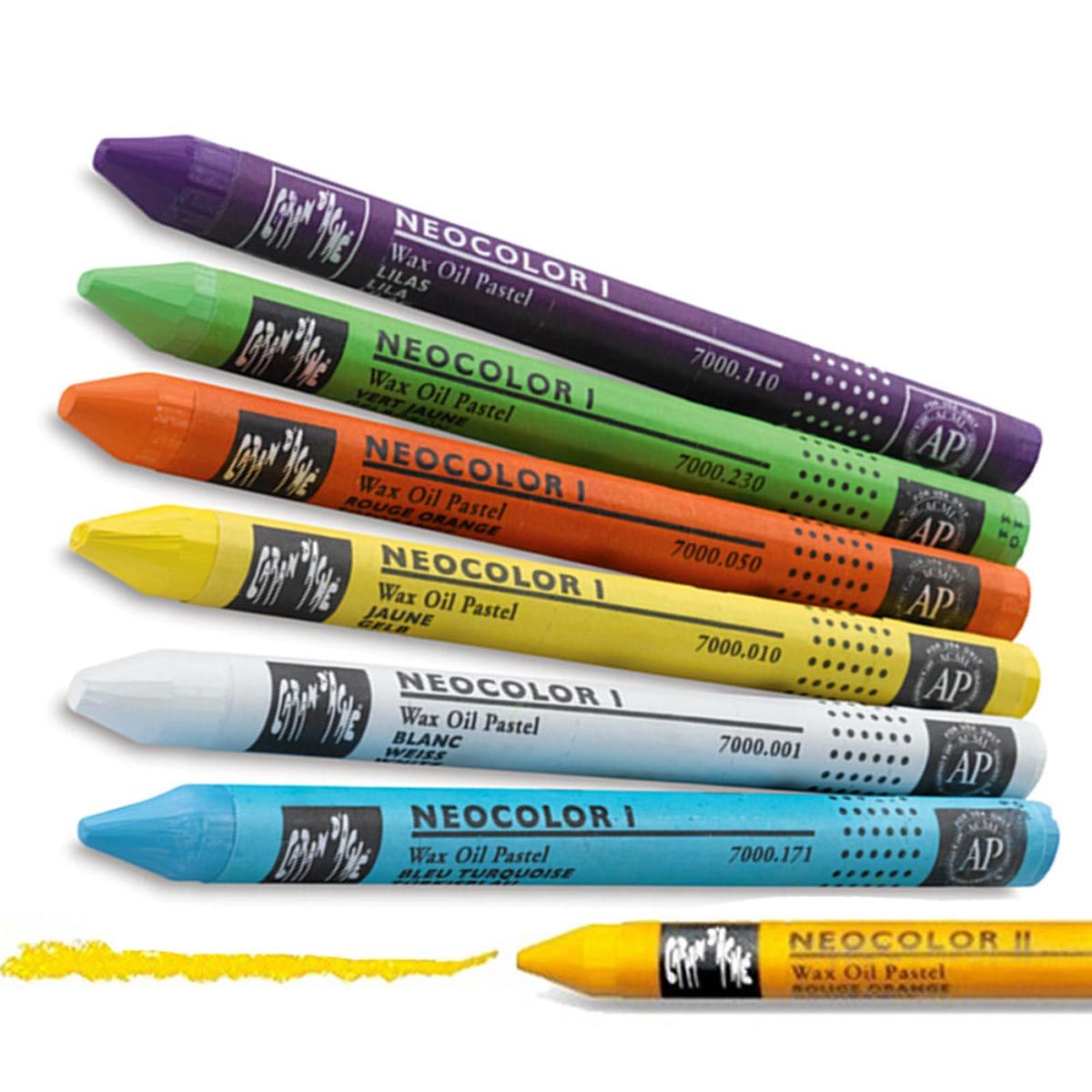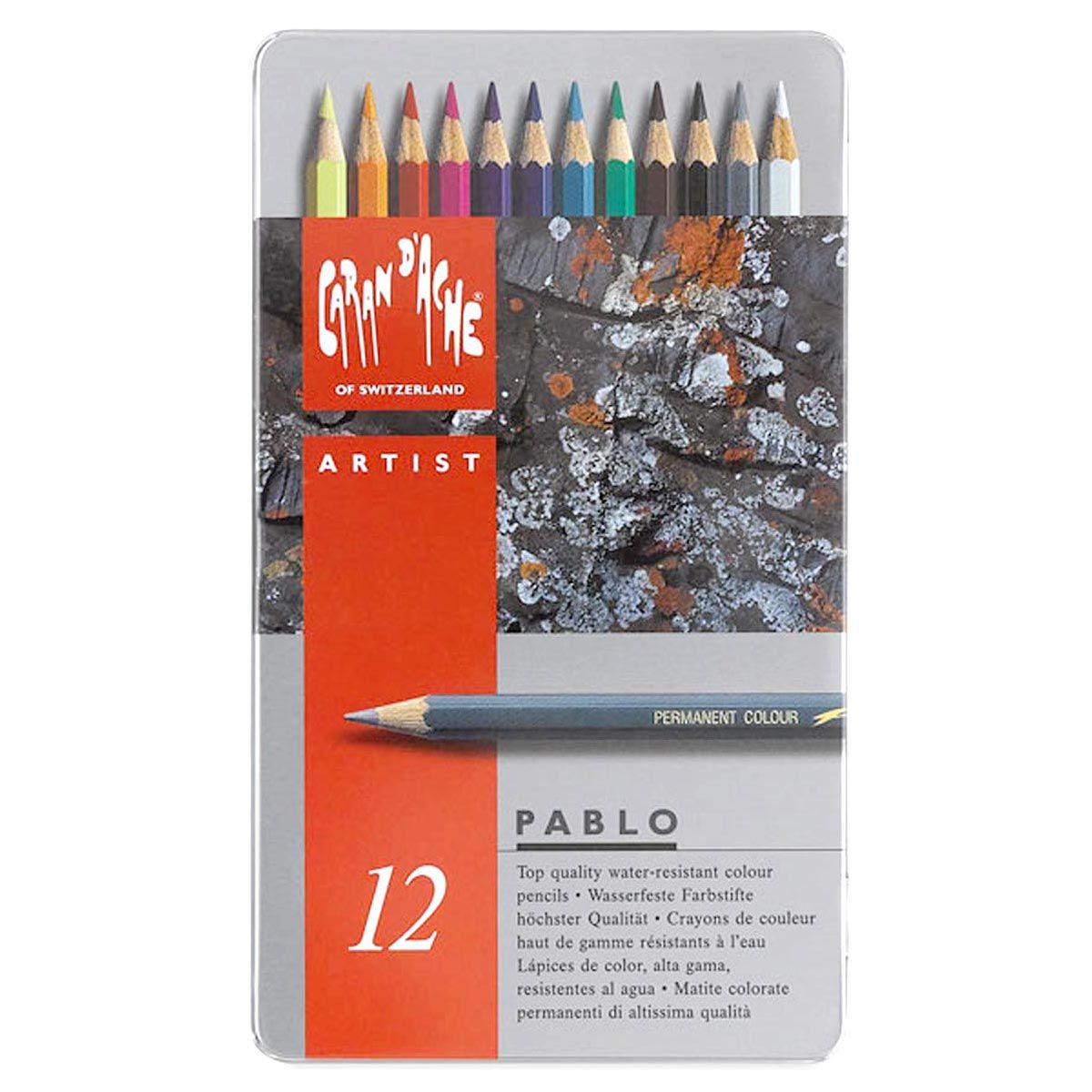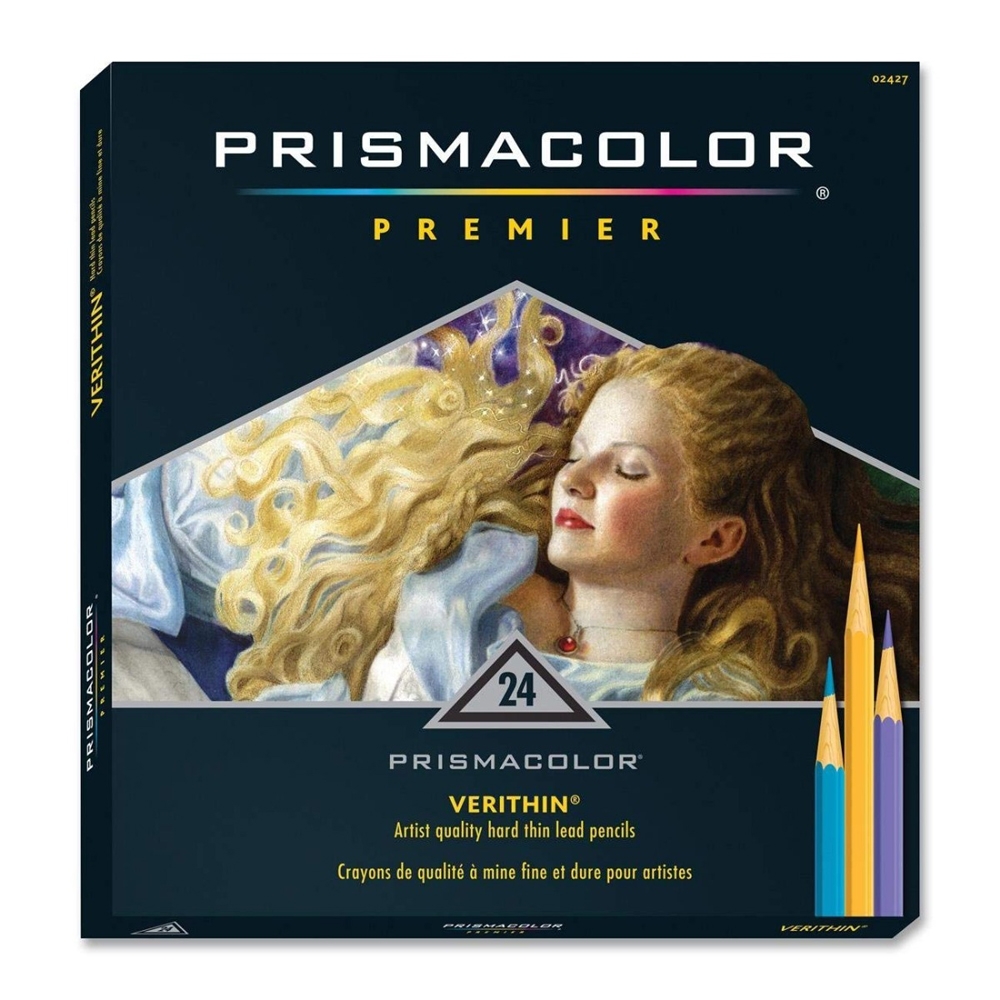Since the evolution of humanity, art has been a means of expression. Since the start of human history different types of craftsmanship have been implemented based on the discovery of ancient figures, cave art sketches and drawings. To know how art has evolved, read our blog 'Ancient History: Axe to Art’.
While artistic styles at that time were simplistic, one common thing throughout history, was the need of art supplies. The importance of materials is one of the most basic and realistic aspect of art. The materials that artists use brings something unique to the creative process and preservation of the work. The amount of innovative resources at our disposal is mind boggling, while igniting our creativity.
Have you ever wondered when art came into your world, and which supplies were used; at home, in school or for your lecture hall or boardroom doodles? With the changes in art form and techniques, the art supplies have also changed with time. Let’s review the origins of our seven most favourite art supplies.
Pencil: The Earliest Form of Expression
Do you know that modern pencils owe it to the ancient Roman writing apparatus called a stylus? Writers used this thin metal rod to write on papyrus- an old form of paper, and produced light marks that were readable. Also known as Silver point and today we use scribers of different metals to scribe an illustrative piece of art. Another form of stylus used were made of lead, which the hazardous lead was replaced with non-hazardous graphite, thus, where the word lead pencil comes from. Interchangeably, the graphite pencil makes darker marks then the lead pencils, or ancient styli.
The name graphite came from Greek origins, which means "writing." The pencil we know today was made conceivable just by the discovery of a strangely unadulterated graphite deposit in England in 1564. The pencils of craftsmen can be differentiated by the softness and hardness of the lead, based on the amount of clay that is used to bind the soft graphite or carbon. Although graphite pencils sketches and drawing became famous in the 17th-18th centuries, they were primarily used for outlining diverse media representation.
At King’s Framing & Art Gallery, you can get a variety of pencils – be it graphite or coloured pencils, as single to sets. Shop for our bestseller Pencil sets Prismacolor Verithin Coloured Pencil Set Of 24 and Caran D’Ache Pablo Coloured Pencil Metal Box Set Of 12. Check our full line of pencils.

Easel: The Substitute of Wall
The easel in Dutch as a whole is called schildersezel–the donkey of the painter. The apparent alternative to painting on walls was painting with panels or canvas on an easel. Easels were known to have been used as early as ancient Egypt; Pliny the Elder in the 1st century was the first recorded description of an easel. Easel painting became more popular in the 13th century, than the subsequent wall painting.
Are you looking for a portable easel? Get the Richeson French Easel Companion And French Mistress that works as an easel, and you can store your palettes and art supplies in it.

Pen: Tool to Write, Create and Learn
The predecessors of the pens that we know today were the brush that the Chinese used to write in the 1st millennium BC, the reed pens used by the Egyptians (around 300 BC), and the quill pens or pens made of bird feathers in the 7th or earlier century. In the mid-19th century, metal pens and pens with metallic nibs were developed. They had no ink reservoir in them, and it had to be dipped into inkwells. While Fountain pens, which need not be continuously dipped into ink, date from 1884. It wasn't until the 1930s or 40s that ballpoint pens came into fashion, and until the 1960s the soft-tipped pens we use today were not commercially available.
Most pen-and-ink drawings that were done before the twentieth century was made out of reeds or quills brushes. Some acclaimed artists that favoured pens were Pablo Picasso, Henri Matisse, Rembrandt, and Vincent van Gogh.
When shopping for pens, get the Micron Archival Set Of 6 and Artist Marker Oil Based Glossy Permanent Art Paint Pen (available in 15 colours). These modern-day pens that are fade-resistant and acid-free. Check the full line of pen markers.

Paintbrushes: Catalyst of Ideas and Canvas
One of the earliest art supplies are paintbrushes. As early as the Paleolithic Period, brushes were utilized. Examples can be seen in Spain and France caves, as well as in early Egyptian tombs. Paintbrushes were made of animal fibres like hog bristles or horsehair, and sable… The supplementary modern brushes are made of nylon fibres, polyethylene, or even wire.
Various leading brands like Dynasty, Winsor & Newton, and Cotman brushes work best for beginners to professional artists. Get more brands at King’s Framing & Art Gallery.
Oil Paints: The Flexible Paint
Until recently, oil painting was believed to have originated in the 11th century in Europe. In 2008, oil paints that were extracted from natural sources were reported to have been used in the 7th-century cave paintings in Afghanistan. For many artists, particularly in Italy, oil paints had become the medium of choice by the end of the 16th century.
In 1841, John Goffe Rand, a portrait painter invented the paint tube, which replaced pig bladders and glass syringes, creating a boom in the art industry, and a new art movement “Impressionism”, impasto painting making it easy for outdoor painting, known as “plein air”.
Confused which brand to choose for Oil paints? You can chose a professional line like Winsor & Newton Artists’ Oil Assorted colours or a student line Bob Ross Floral and Wildlife soft oil colours or Bob Ross Landscape at King’s Framing & Art Gallery. Check our full line of Oil Paints.

Wax Crayons: First Art Medium for Majority of Humans
The crayons history is hard to pin down. Ancient Egypt and Greece can be traced back thousands of years to the elemental composition of a crayon— wax with pigment. Nevertheless, it may be easier to trace the notion of a crayon to chalk and pastels, recognized as early as the 16th century. Sometime in the late 18th,19th century the wax-based crayons were probably developed. The famous Crayola were invented in 1902, and Artist quality Caran d’Ache in 1924.
Revisit your childhood memories with the Caran D'Ache Neocolor L Wax Oil Pastels Crayons – a Water-Resistant Wax And Oil Based Crayon!

Find new methods of expression through the best art supplies this season! Create your art world! Leave a legacy!













